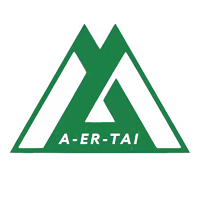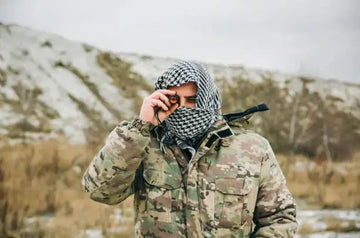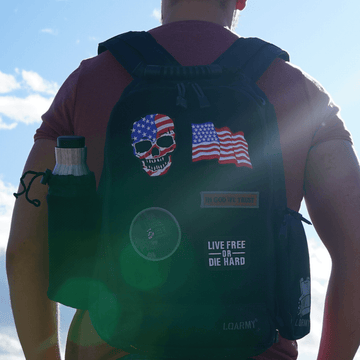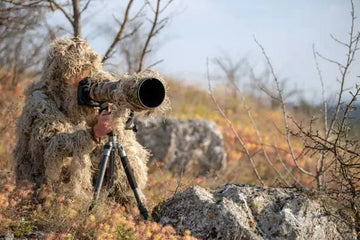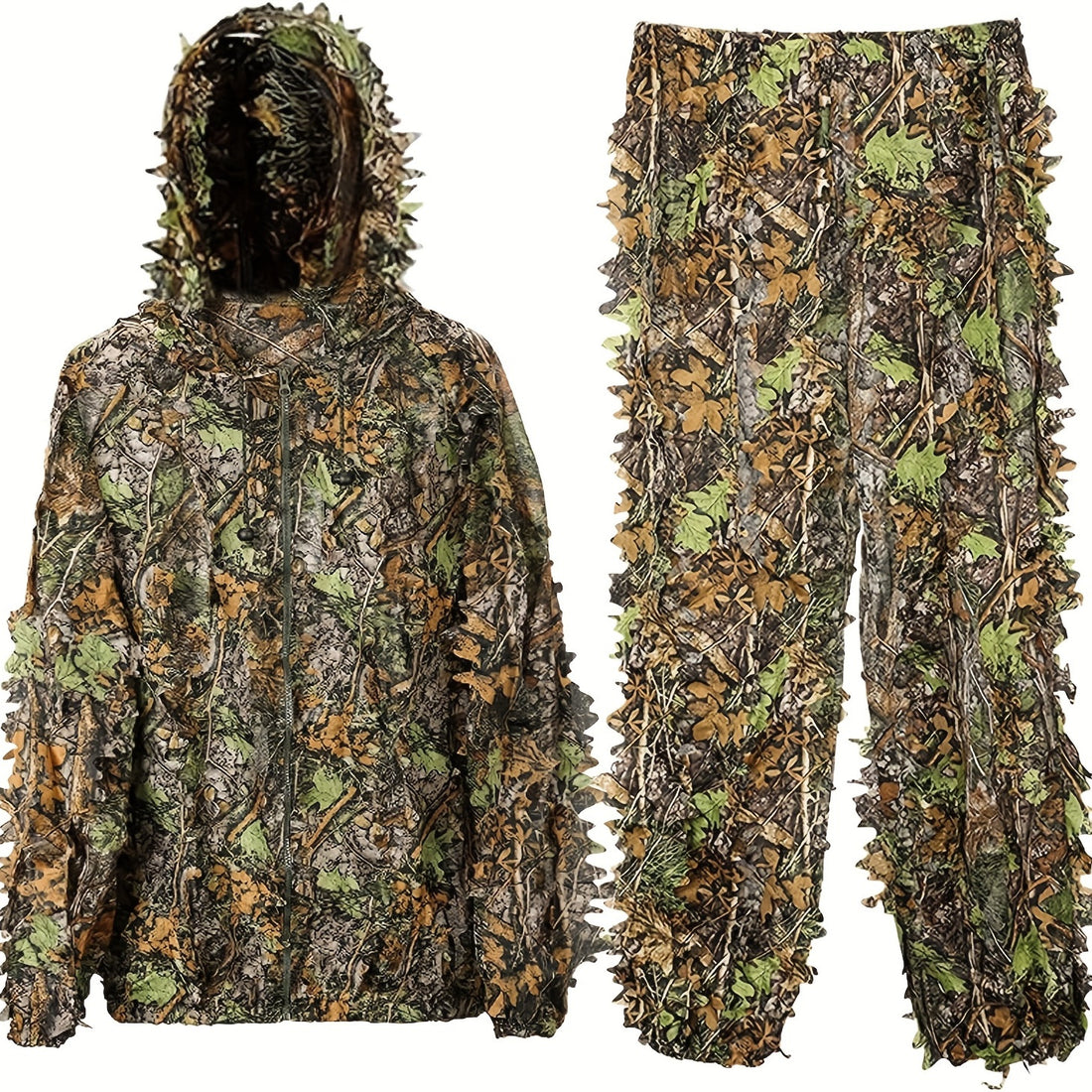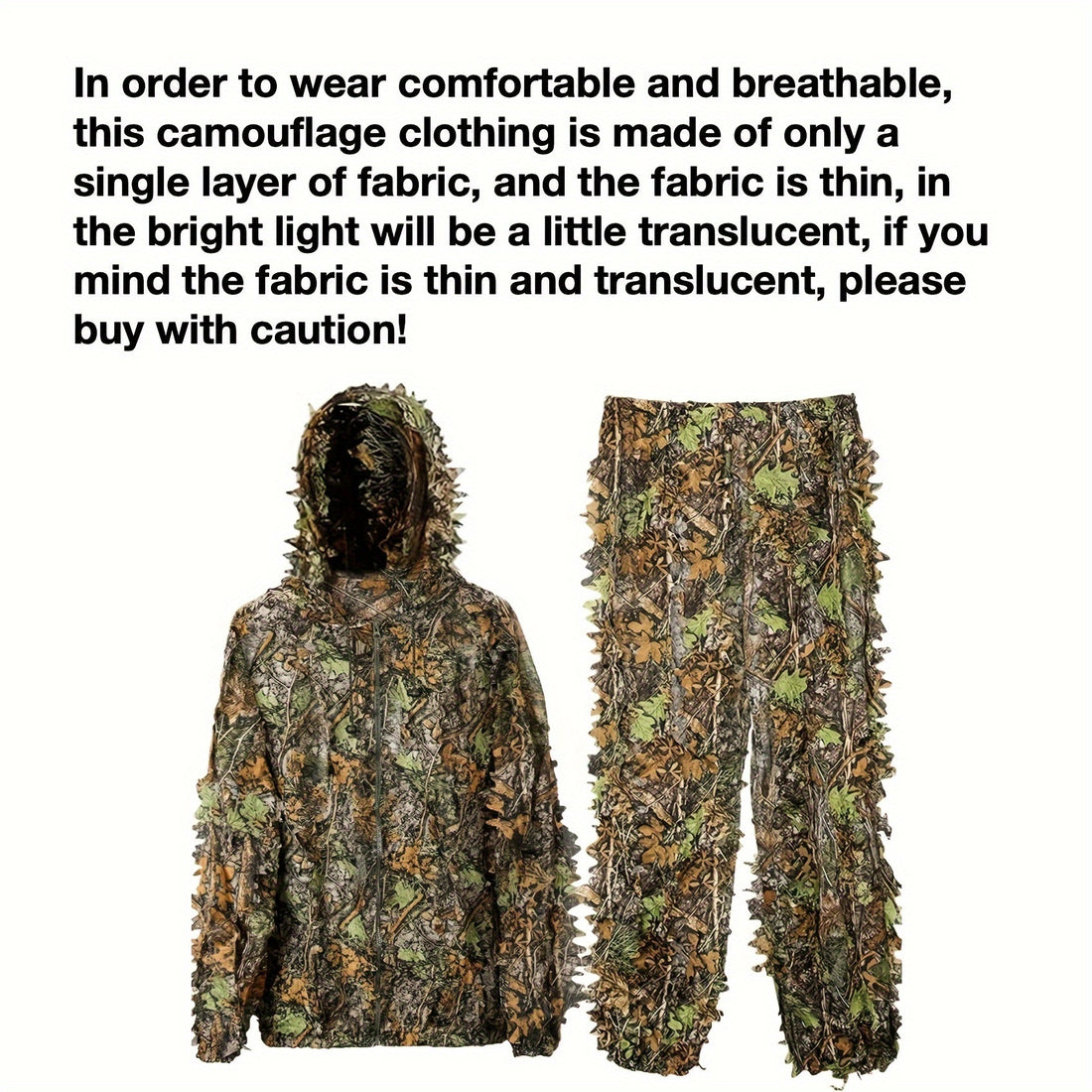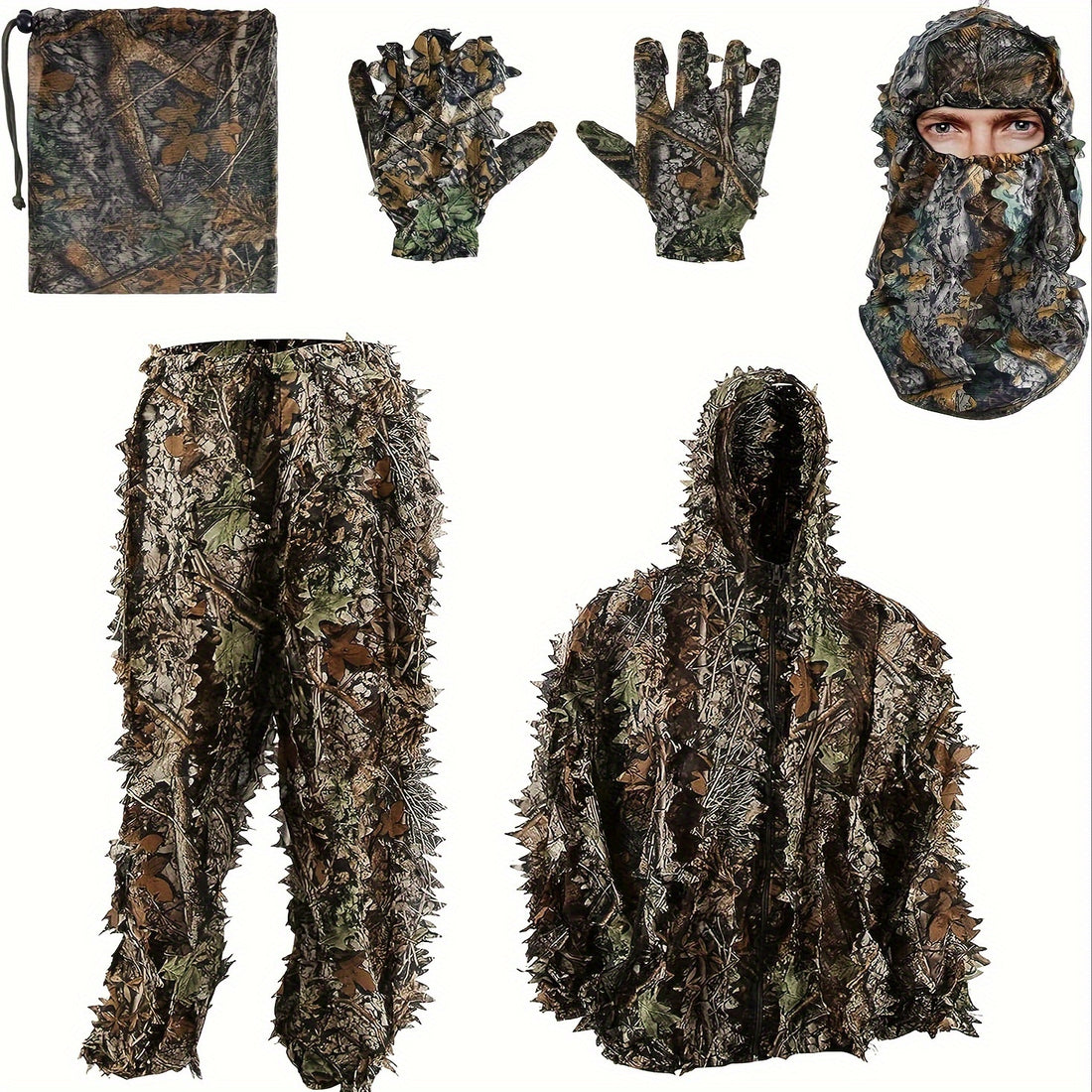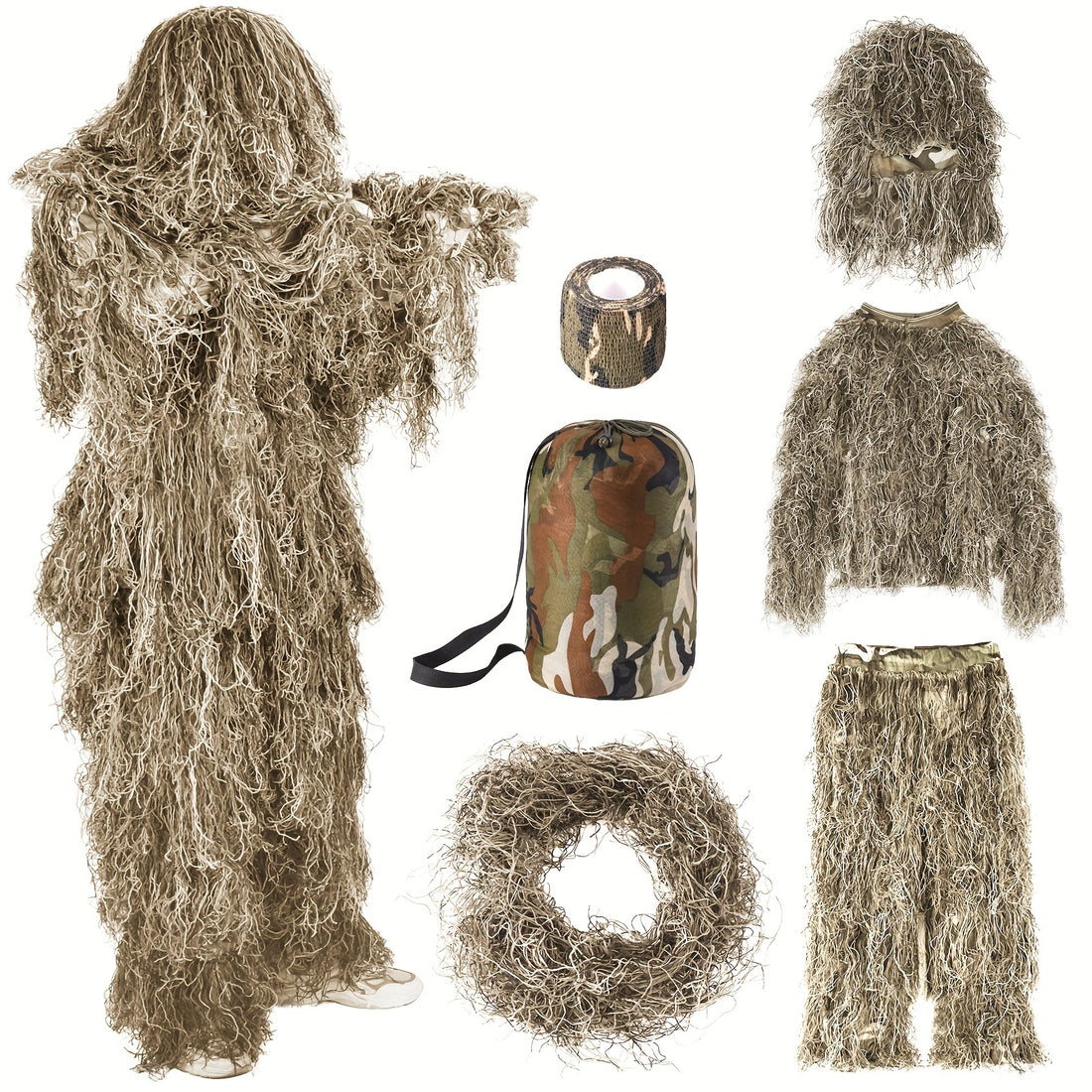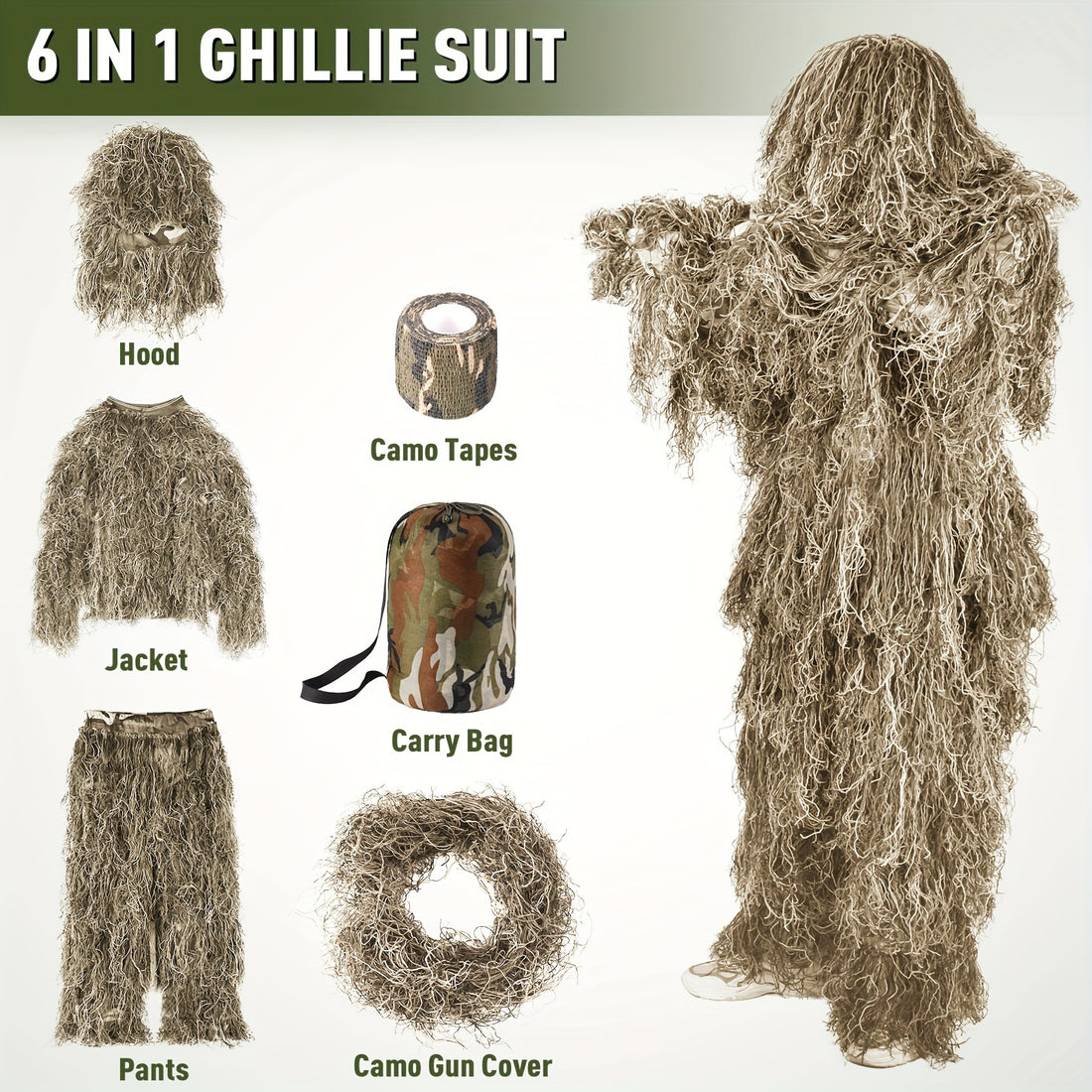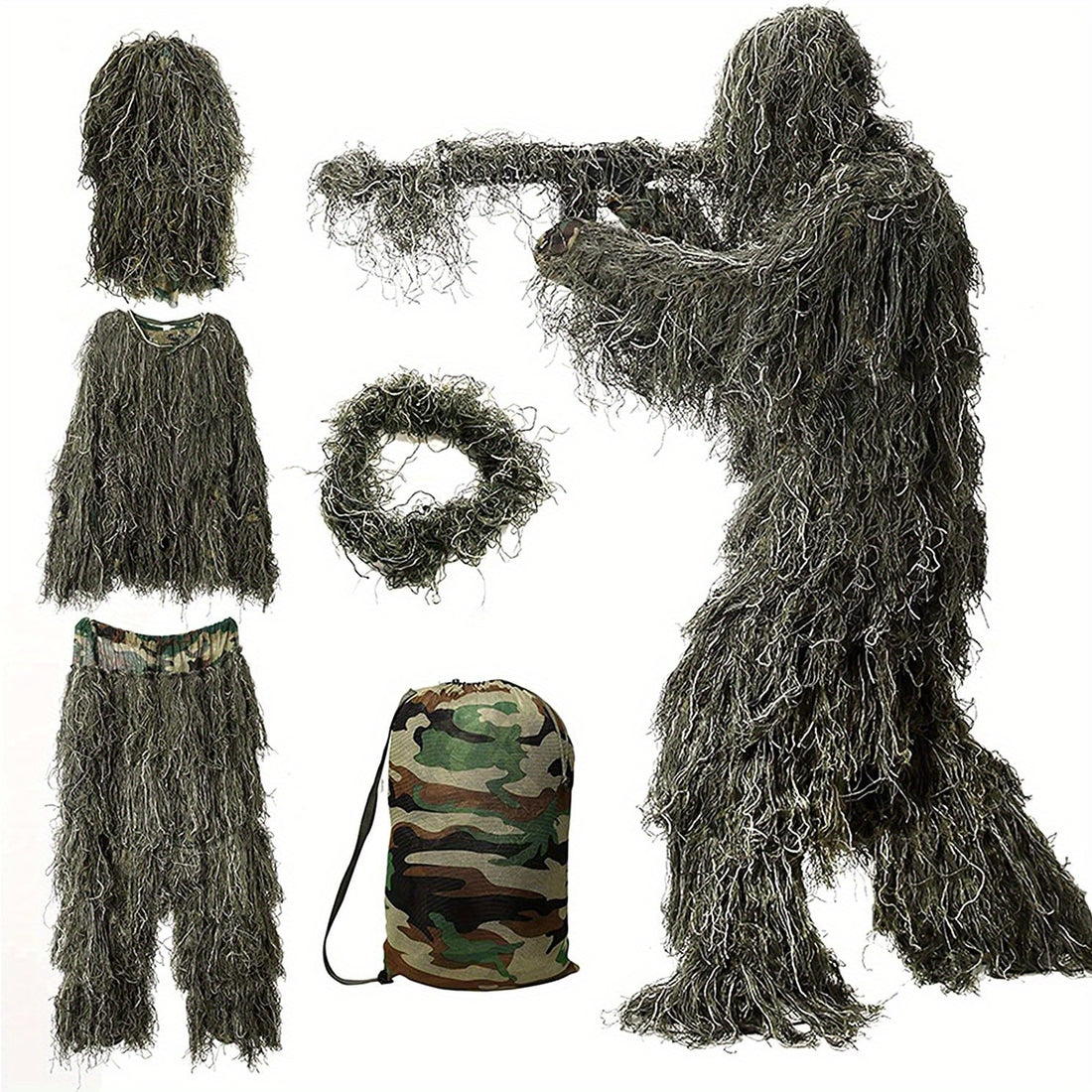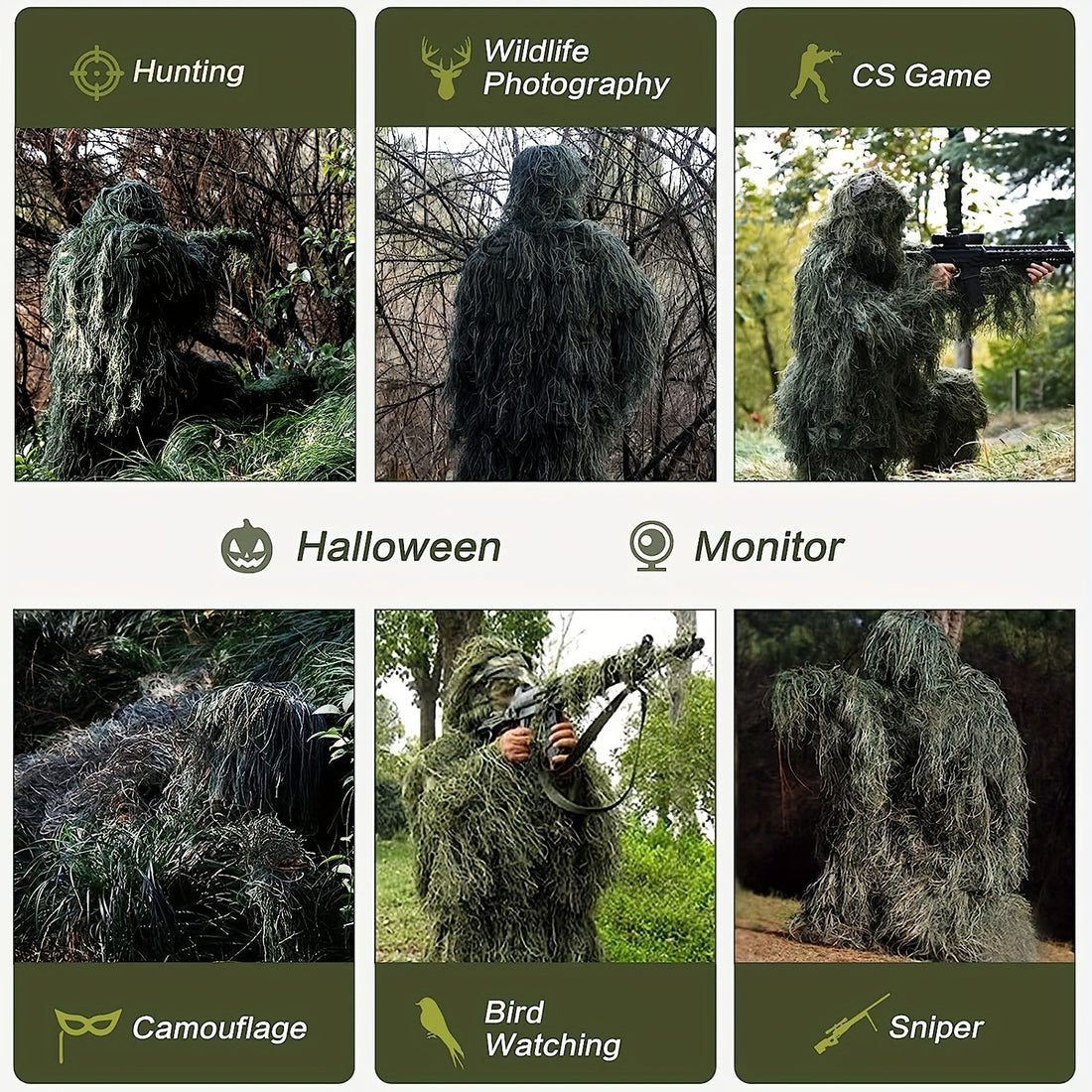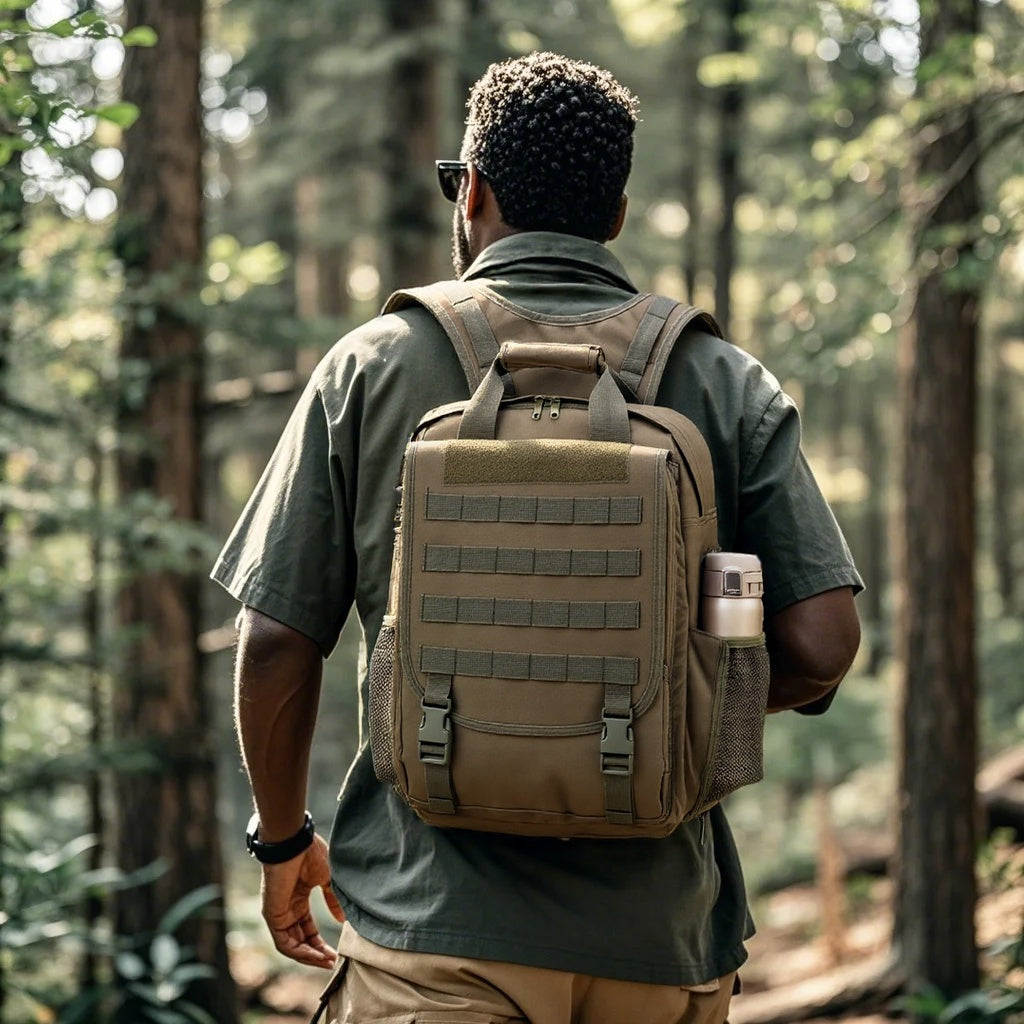While hydration bladders and reusable water bottles dominate modern hydration, the canteen remains a trusted choice for military personnel, survivalists, and dedicated outdoor enthusiasts.
This versatile piece of gear has evolved over centuries, blending durability with modern materials to meet specific hydration needs.
Let’s explore the canteen’s history, materials, and its niche but vital role in tactical and outdoor settings.
A Brief History of Canteens
Ancient Beginnings
The earliest canteens were made from natural materials like animal bladders, gourds, or leather. Roman soldiers carried leather canteens, while medieval travelers used ceramic or wooden vessels for water storage.
Industrial Era Advancements
The 19th century brought mass-produced metal canteens made of tin or steel. During the U.S. Civil War, soldiers used flask-style canteens with cloth covers to minimize noise and improve grip.
World Wars and Standardization
The U.S. military’s M1910 canteen, used in World War I and II, featured an aluminum body and canvas carrier, becoming a standard for durability. By the Vietnam War, plastic canteens like the M1961 prioritized lightweight construction.
Modern Innovations
Today’s canteens combine traditional designs with advanced materials like BPA-free plastics and insulated stainless steel. They coexist with hydration bladders, such as those pioneered by CamelBak in the 1990s, offering diverse options for hydration needs.

Source@Dvids
Materials: From Classic to Smart Polymers
Traditional Materials
-
Stainless Steel: Durable, non-corrosive, and safe for boiling water, ideal for survivalists (e.g., Klean Kanteen).
-
Aluminum: Lightweight but prone to dents, common in vintage military canteens.
- High-Density Polyethylene (HDPE): Affordable and shatterproof, widely used in NATO canteens.
Modern Advancements
-
BPA-Free Plastics: Safe and lightweight, popular in brands like Nalgene.
-
Insulated Stainless Steel: Maintains liquid temperature for hours (e.g., Hydro Flask).
- Antimicrobial Coatings: Prevent mold and bacteria, essential for long-term use.
Military Standards
Tactical canteens often meet MIL-SPEC standards (e.g., MIL-C-44072), ensuring leak-proof seals and resistance to extreme conditions, making them ideal for military and law enforcement use.

Military-style canteen with camouflage cover, featuring a green cap and MOLLE-compatible design for tactical use.
Applications: Who Uses Canteens Today?
Military & Law Enforcement
Canteens are issued for their MOLLE compatibility and ruggedness, excelling in harsh environments where hydration bladders may fail. They complement modern hydration systems in tactical operations.
Outdoor Enthusiasts
Bushcrafters and traditional hikers choose canteens for their durability and ability to boil water. While less common than reusable bottles, they have a loyal following.
Survivalists & Preppers
Canteens are favored for their puncture-resistant design and long-term storage, making them ideal for survival kits and crisis scenarios.
Vintage Gear Collectors
Military surplus canteens (e.g., WWII, Vietnam-era) have a nostalgic appeal and are repurposed for retro-themed kits.
Everyday Carry (EDC)
Some eco-conscious users opt for canteens to reduce plastic waste, though insulated bottles are more popular in urban settings.
Choosing the Right Canteen: Key Factors
-
Material: Select stainless steel for durability or BPA-free plastic for lightweight needs.
-
Capacity: A 1-liter canteen balances portability and hydration for 2–4-hour activities.
-
Compatibility: Look for MOLLE webbing or carabiner clips for tactical gear integration.
- Maintenance: Choose wide-mouth designs for easy cleaning and mold prevention.
Common Questions About Canteens
Q: How do I clean a canteen to prevent mold?
A: Use baking soda or unscented soap. For stainless steel canteens, boil water inside. Follow EPA guidelines for regular disinfection.
Q: Are canteens safer than plastic water bottles?
A: BPA-free canteens avoid harmful chemicals, making them safer for long-term use compared to standard plastic bottles.
Q: Can I use a canteen with a water filter?
A: Yes, pair with portable filters like LifeStraw or Sawyer for safe drinking water on the go.
Q: Why choose a canteen over a hydration bladder?
A: Canteens are quieter, more durable, and easier to maintain or repair in the field.
Q: Do militaries still issue canteens?
A: Yes, the U.S. Army, for example, continues to use canteens like those from Eagle Industries alongside hydration systems.
Conclusion
From ancient battlefields to modern tactical kits, the canteen remains a reliable hydration solution for those prioritizing durability and simplicity.
Though hydration bladders and bottles are more common, canteens hold a vital niche in tactical readiness, survival preparedness, and traditional outdoor pursuits.
